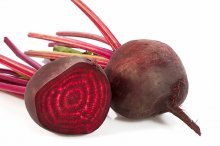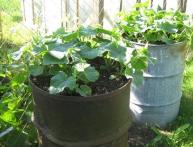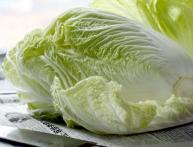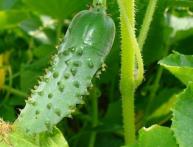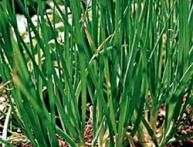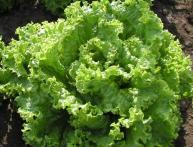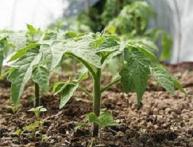Sowing and growing beets in open ground
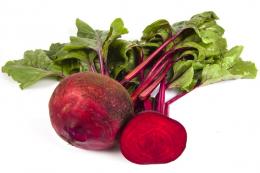
Beetroot is especially valued among all vegetable crops, as it is used in cooking and industry. Growing beets in open ground It is of great benefit, since sugar is produced from it, it is eaten, and used as animal feed. In cooking, soups, salads, and snacks are made from this vegetable. It contains a lot of vitamins, and beets can be preserved for a long time.
Content:
Brief description of the culture
Beets are planted in gardens and fields. It grows well in open ground. This vegetable tolerates cold well, so it is also grown in the northern regions. It does not need a greenhouse; in such conditions it can only be grown seedlings. But don't rush into sowing. Beetroot should be planted when there is no longer frost. If it is planted in cold weather, then the bolting process will begin. This will negatively affect the development of the root crop.
For the seeds to germinate, it will take about 10 degrees of heat. But the vegetable develops best at a temperature of 20 degrees. People grow this vegetable for a variety of purposes. Therefore, first you need to decide what beets are needed for, and then you can choose the appropriate variety. To do this, you should pay attention to the timing when it ripens. Different varieties will take different times to produce a harvest.
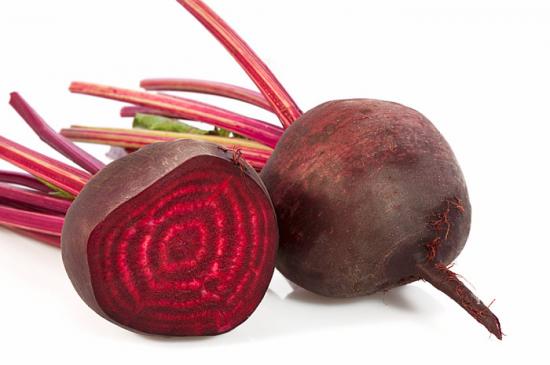
There are beets that ripen quickly; 2-3 months are enough for them.And for varieties with an average harvest time, it will take 100-120 days, the fruits are very tasty and are well preserved in winter. There is also late beets. Despite the fact that it takes a long time to ripen, it can be preserved for a long period. In this case, a warm autumn will be required, because the harvest must be formed before the onset of frost.
Sowing beets
You should know when to sow vegetable in open ground. It is allowed to be planted in the spring, as well as before winter. To get an early harvest, you should sow the vegetable in November. You can also do this in April, only the soil needs to be covered with film.
Late beets are planted in mid-May. If you sow in cold soil, then the fruits may not ripen, they will not develop. If the planted vegetable was covered with film, then it must be removed after the first shoots appear. Seedlings can survive minor frosts.
Certain preparations should be followed if you plan to grow beets in open ground. The place where the vegetable will be planted should be well lit. To prevent root vegetables from being tasteless, you need to drain them. Beets ripen well on loamy or sandy soil. A person will harvest less on clay or sandy soils. This should also be taken into account.
Beetroot grows and develops well in places where the following vegetables were previously grown:
- cucumbers
- Zucchini
- Potato
- Onion
- Pumpkin
You should not plant beets where cabbage, carrots, celery, and spinach used to grow. This is due to the fact that these crops have the same diseases, and the ripening of beets in such an area will not be as fruitful. The place where these vegetables are grown must change every year.Only when 3 years have passed can beets be planted again in the same area of the garden.
To plant beets, you first need to prepare the seeds. To do this they need to be hardened. This is a simple procedure. Initially, you need to pour hot water over the seeds, but it should not be boiling water, and then wait 30 minutes. After this, you should keep the seeds in cool water for a couple of minutes.
Video on how to grow beets:
Next, the owner needs to start preparing the soil. Beets grow especially well on neutral, loose soils. Before planting, they dig it up and fertilize the soil. To do this, you can use compost, potassium or phosphate fertilizers. fertilizers. But beets should not be grown in places where there is shade almost all day.
When the air temperature is stable at 10-15 degrees, then you can start planting this vegetable. The warmer it is, the better the development and germination of seeds. To be on the safe side, to create protection from frost and sudden changes in temperature, the soil where the seeds are sown is covered with a polyethylene film. They should be planted in prepared shallow grooves. When the shoots appear, they are thinned out.
Care after landing
After it was carried out landing, you should properly care for beets. Until the root crop appears, the vegetable needs to be well watered. When it has formed, then watering should be reduced to once a week. When there is a month left before the planned harvest, you need to stop watering the beets altogether. Every time the soil is moistened, the vegetable needs to be loosened. To get a good harvest you need to apply mineral fertilizers.
To do this, systematically fertilize with potassium fertilizers during the growth of the vegetable. It is recommended to cover the planting with ash. It will serve as feeding and protection against diseases and pests. When seedlings appear, thinning is carried out. Initially, weeds are removed, and then weak shoots. The first time this procedure is performed when 2 leaves appear, and the second time - 5 leaves.
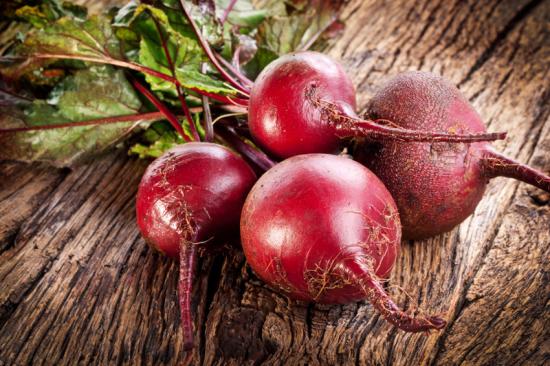
Thinning should be repeated in August. There should be about 8 cm between vegetables. If you follow simple rules, then you can get a good harvest. It is harvested in mid-September. After this, the root vegetables need to be stored. To do this, they are placed in a box into which sand is poured so that rotting does not occur. The tops should be removed first, leaving only 1 centimeter.
Diseases
When the amount of nitrogen in the soil exceeds, then voids appear inside the vegetable. If there is not enough boron, then rot will form in the root crop. The appearance of yellowish spots on the foliage indicates a potassium deficiency. U beets A variety of diseases such as rust, powdery mildew, phomosis and staining may appear.
Root crops can be attacked by aphids, root beetles, flea beetles, flies, and nematodes. If this happens, then you should use folk recipes to combat these problems. You can also go to special stores where specialists can help. If you follow all the tips and recommendations, then the beets will thank their owner with a good harvest.
Interesting information about the vegetable garden

